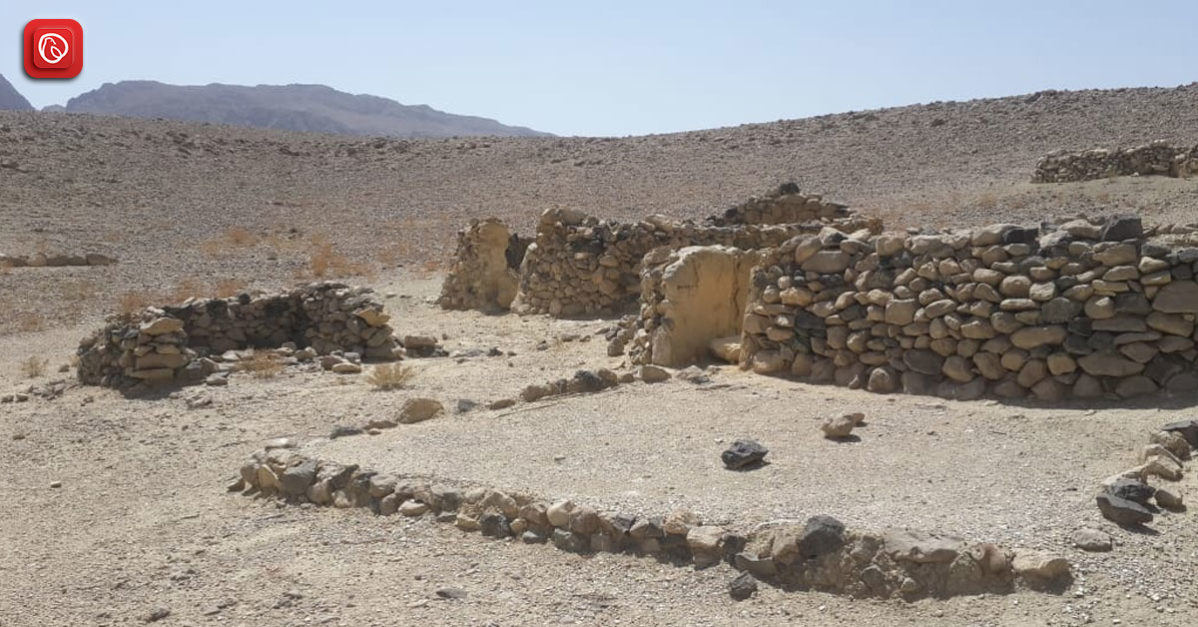
Loralai District, located in the northeastern corner of Balochistan, Pakistan, boasts a rich history intertwined with the broader narrative of Balochistan itself. It is one of the most beautiful and populated places in the province. To keep our readers more informed, Graana.com has prepared a detailed guide on the district. It includes, demographics, top medical institutes, colleges, places to visit and much more.
Let’s explore the early history of this part of the world.
Concrete historical accounts emerge around the 15th century. Loralai initially formed part of the Kandahar province in Afghanistan. The region witnessed a period of shifting control, with the Mughals, Safavids, and Afghans vying for dominance.
The 19th century saw the arrival of the British Raj. By 1887, the Loralai area became part of British India. In 1903, a pivotal moment arrived with the official creation of Loralai District. This new district incorporated territories from neighbouring Zhob and Thal Chotiali districts.
Following Pakistan’s independence in 1947, a referendum confirmed the region’s desire to be part of the newly formed nation. Loralai District remained largely intact until 1992, when Barkhan Tehsil was separated and became a distinct district.
| Category | Description | Statistic |
| Population | Total Population | 397,400 |
| Gender Breakdown | Male | 53.46% |
| Gender Breakdown | Female | 46.53% |
| Average Household Size | District Average | 7.11 |
| Average Household Size | Urban | 7.44 |
| Average Household Size | Rural | 7.05 |
| Literacy Rate | Overall | 42.42% |
| Dominant Language | Pashto | 93.29% |
Loralai District in Balochistan, Pakistan, experiences a warm to hot climate with distinct seasonal variations. Here’s a breakdown of what to expect:
Overall, Loralai District’s climate is characterised by warmth, sunshine, and distinct seasonal variations. If you’re planning a visit, consider the time of year and pack accordingly. Be prepared for hot summers and remember sun protection. Spring and autumn offer the most comfortable temperatures for exploring the region.
Here is list of some top place for tourist to visit in the district and nearby areas.
Rana Ghundai Archaeological Mound is located 16 km north of Loralai town, this pre-historic site dates to the Chalcolithic to Bronze Age. Excavations unearthed tools, pottery, and other artifacts offering a glimpse into the lives of ancient inhabitants.
Karakul Mountain a unique table-top mountain in Chinijan village boasts a massive rocky plateau stretching 4 km in length and nearly half a kilometre wide. Standing tall at an elevation of 7,835 feet, it offers scenic views and a chance to experience the natural beauty of the region.
The district is known for its lush green orchards lining streams. These orchards produce a variety of fruits like apples, almonds, apricots, pears, cherries, pomegranates, and more.
While visiting these orchards might require permission from landowners, the chance to witness the region’s agricultural bounty could be fascinating.
Here are some options to consider, depending on your starting point:
Loralai District in Balochistan, Pakistan, unveils a captivating story. Steeped in history, from ancient settlements to the complexities of the colonial era, Loralai offers a glimpse into a region brimming with cultural heritage.
While details about specific tourist destinations might be limited, the potential for exploring historical sites, experiencing the natural wonders of the mountains and orchards, or engaging with the Balochi way of life makes it a destination for the adventurous traveller.
Here are some of the mostly asked questions about Loralai:
Loralai District is known for its rich history, dating back to the pre-historic era. It boasts ancient archaeological sites and a unique Balochi culture. While details on specific tourist destinations are limited, the potential for exploring historical sites, experiencing scenic mountains and orchards, and engaging with local traditions makes it a fascinating destination.
Reaching Loralai District currently doesn’t involve trains. Your primary option is by road. National Highway N-50 connects Loralai to Quetta, while other regional roads provide access to nearby towns.
Loralai experiences a warm to hot climate with distinct seasons. Summers are sunny and hot, with highs reaching 35°C (95°F). Winters are mild with occasional rain, while spring and autumn offer pleasant interludes.
It’s crucial to research the current security situation before your visit. Limited infrastructure and a focus on safety and cultural sensitivity are essential. Respect local customs and dress modestly.
For more details, visit Graana blog.
Multan: Punjab Chief Minister Maryam Nawaz Sharif has approved the Multan Avenue development project under…
Karachi: Federal Minister for Communications Abdul Aleem Khan has expressed concern over the poor state…
Islamabad: Interior Minister Mohsin Naqvi inspected progress on two major infrastructure projects in the capital,…
Rawalpindi: The Punjab government has unveiled plans to build a mega parking plaza near Katchery…
LAHORE — Punjab Chief Minister Maryam Nawaz Sharif on Friday approved the Punjab Protection of…
Islamabad: The Executive Committee of the National Economic Council (ECNEC) on Tuesday approved two key…